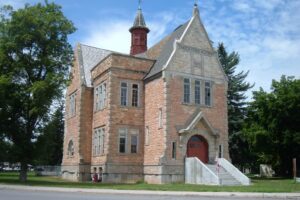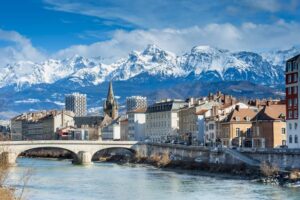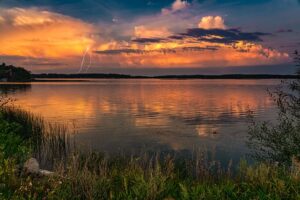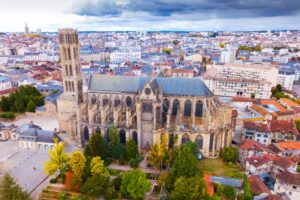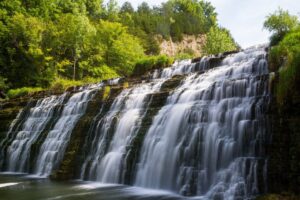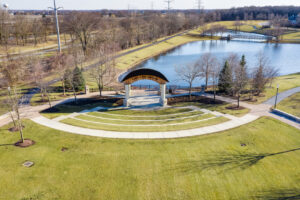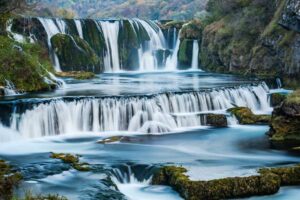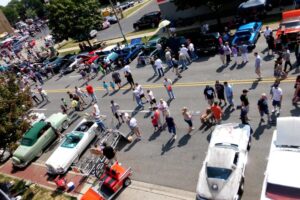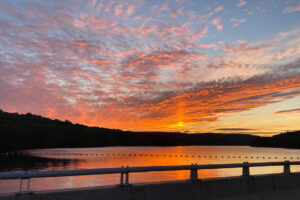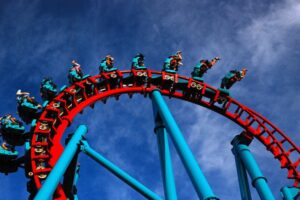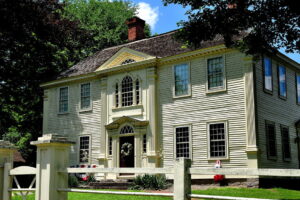San Bruno is a serene, family-oriented suburb within the broader Bay Area. With breathtaking scenic spots in every direction, visitors can explore the coastline or one of the many picturesque hillside parks to appreciate the rugged charm of the Bay. In addition to San Bruno’s numerous natural attractions, the city provides excellent access to museums, galleries, and shopping districts celebrated throughout this region of California. Here are the 15 premier activities to experience in and around San Bruno, California.
Read More
